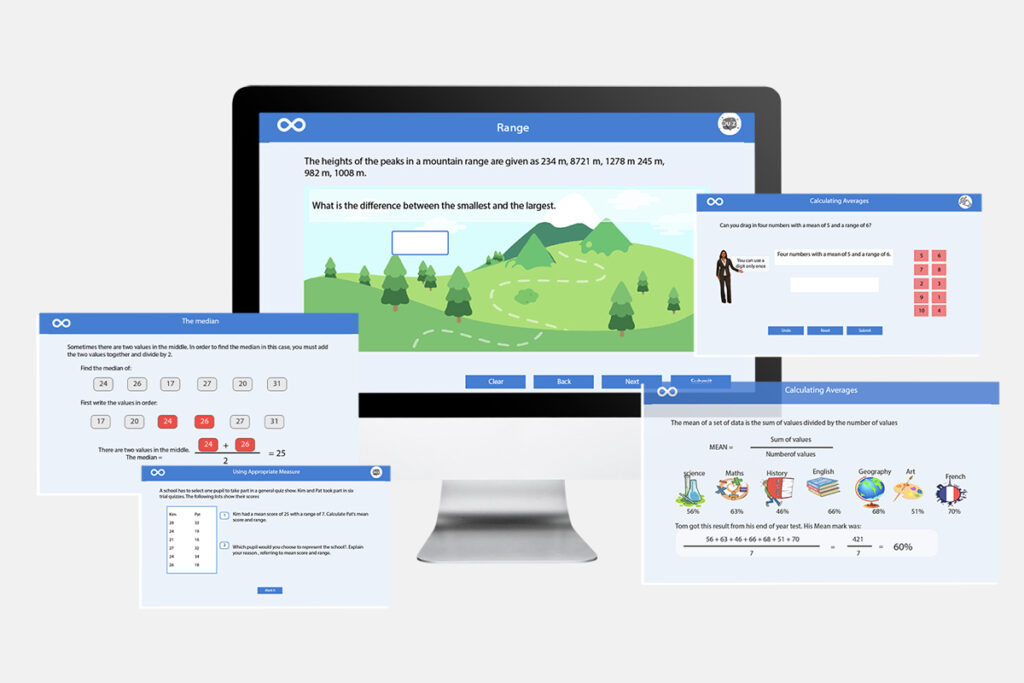By visiting our site, you agree to our privacy policy regarding cookies, tracking statistics, etc.

KS3 Statistics:
Choose a membership plan for unlimited access to a one year group or get extensive elearning resources for the whole school.
Have questions or need assistance?
Email: info@skoolmaths.com
© 2024 Skoolmaths. All rights reserved.